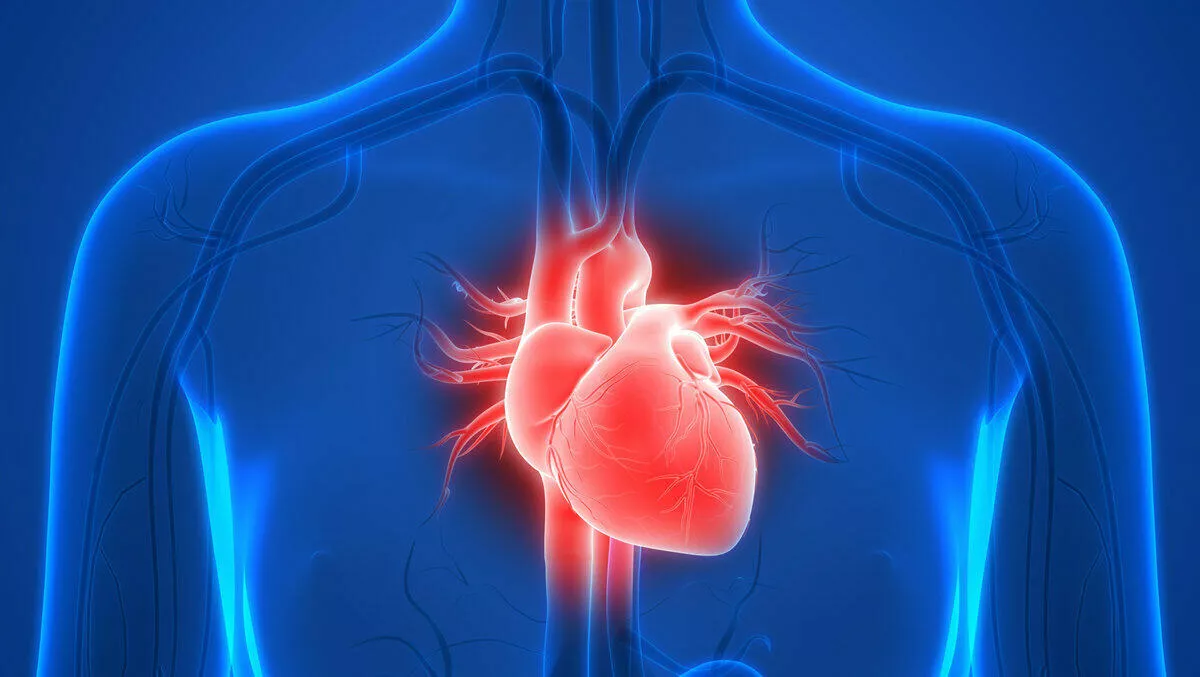Students studying anatomy at La Trobe University are utilising digital technologies as opposed to textbooks to learn about the human body.
La Trobe is piloting using integrated Augmented Reality (AR) and Virtual Reality (VR) to teach a second year anatomy subject to help improve spatial awareness, explorative learning and accessibility.
The University also made the technology available for all other year two and three anatomy students at the University's Melbourne (Bundoora), Bendigo and Albury-Wodonga campuses.
These include students studying allied health and science degrees such as physiotherapy, orthotics, prosthetics, podiatry and biomedicine.
Head of the Anatomy Discipline Dr Aaron McDonald, says the AR technology in particular gave students affordable and convenient 24 hour access to highly detailed 3D anatomy images via their phone, iPad or computer. VR is used on campus with headsets provided.
“La Trobe anatomy students learn from working with skeletons, models, VR, human specimens and AR. The beauty of AR is that students can take it anywhere,” McDonald says.
“Augmented Reality allows students to visualise and manipulate anatomical structures and develop a deep understanding. You can superimpose anatomical structures over a peer who can perform movements along with the app, to better understand muscle function. It is a great resource for both team work and self-directed learning,” says McDonald.
The cost for using the AR technology is $10 per student, compared to more than $100 for a single textbook.
“This technology is really helping improve access to learning. Students can study extremely high-quality 3D images with associated text, clinical cases and quizzes while at home, on public transport, anywhere,” McDonald says.
Many students are embracing the tool and say its really helped their grades. McDonald says if the pilot study found AR and VR assisted students progress and learning experience, the technology will be expanded to other anatomy courses.

